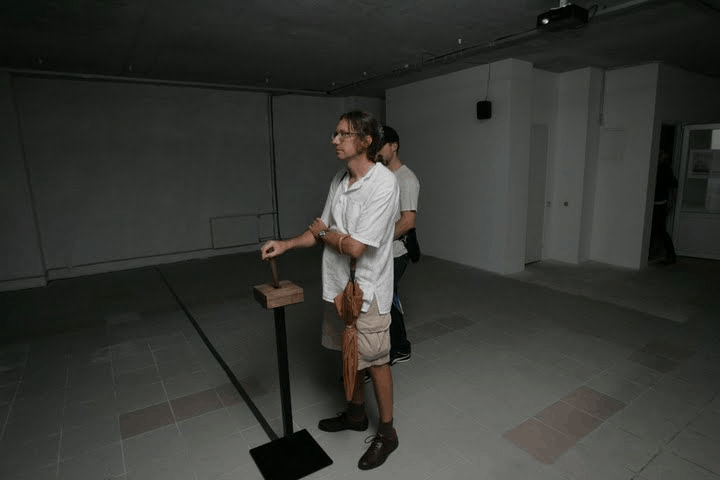On 20 August at 19:00 everyone was invited to attend a lecture by philosopher Jānis Taurens’ lecture “Unicorns of Art: Exhibition “Collection I””. Taurens was discussing the works exhibited at “Collection I” putting them in a broader context of art and philosophy.
We think of unicorns as a nonexistent, but probable animal species. American philosopher Saul Kripke’s provocative argumentation (1980) that mythological facts are insufficient for acknowledging probability of unicorns (to his mind, concepts of natural species depend on the totality of definite, quintessential characteristics), disparts unicorns from other natural species as well as natural substances and phenomena – their classification is part of the order of things in our world. Comprising a museum collection also depends on certain classifications; however, in the case of artworks similarly to the case of unicorns it is impossible to present any essential, objective, i.e., free of viewer’s interpretation, characteristics. Contemporary art cannot be evaluated using aesthetic concepts either – instead of aesthetic experience we must look at the understanding of an artwork, instead of formalist art criticism – semantics of an artwork. However, art understanding is even more complex than language understanding, the network of historic interpretations, theories, contemplation of artistic praxes as well as the context of particular works are of importance here. Latvian contemporary art cannot be understood without the context of world art events, thus the works exhibited in “Collection I” demand an insight in the radical turn that took place in art during the second part of the twentieth century. In the Latvian art criticism such comparison has been carried out only to certain extent; therefore the lectures on Kim? collection are intended as a continuation of this analyses.e
